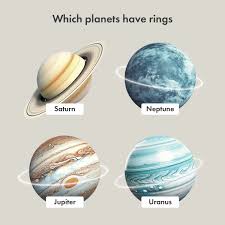Stamp: First Artificial Satellite - "Sputnik" (Soviet Union, USSR 1964)
First Artificial Satellite - "Sputnik" (Soviet Union, USSR 1964)
31 October (Soviet Union, USSR ) within release Space Research goes into circulation Stamp First Artificial Satellite - "Sputnik" face value 10 Russian kopek
| Stamp First Artificial Satellite - "Sputnik" in catalogues | |
|---|---|
| Michel: | Mi: SU 2942y |
Stamp is vertical format.
Stamp from souvenir sheet Mi:SU BL34y. Also exists on ordinary paper.Also in the issue Space Research:
- Stamp - First Artificial Satellite - "Sputnik" face value 10;
- Stamp - First Pendant on the Moon face value 10;
- Stamp - First Picture of the Dark Side of the Moon face value 10;
- Stamp - First Woman in Space - "Vostok-5 & Vostok-6" face value 10;
Stamp First Artificial Satellite - "Sputnik" it reflects the thematic directions:
Outer space (or simply space) is the expanse that exists beyond Earth's atmosphere and between celestial bodies. It contains ultra-low levels of particle densities, constituting a near-perfect vacuum of predominantly hydrogen and helium plasma, permeated by electromagnetic radiation, cosmic rays, neutrinos, magnetic fields and dust. The baseline temperature of outer space, as set by the background radiation from the Big Bang, is 2.7 kelvins (−270 °C; −455 °F)
A planet is a large, rounded astronomical body that is generally required to be in orbit around a star, stellar remnant, or brown dwarf, and is not one itself. The Solar System has eight planets by the most restrictive definition of the term: the terrestrial planets Mercury, Venus, Earth, and Mars, and the giant planets Jupiter, Saturn, Uranus, and Neptune. The best available theory of planet formation is the nebular hypothesis, which posits that an interstellar cloud collapses out of a nebula to create a young protostar orbited by a protoplanetary disk. Planets grow in this disk by the gradual accumulation of material driven by gravity, a process called accretion.
A spacecraft is a vehicle that is designed to fly and operate in outer space. Spacecraft are used for a variety of purposes, including communications, Earth observation, meteorology, navigation, space colonization, planetary exploration, and transportation of humans and cargo. All spacecraft except single-stage-to-orbit vehicles cannot get into space on their own, and require a launch vehicle (carrier rocket).




